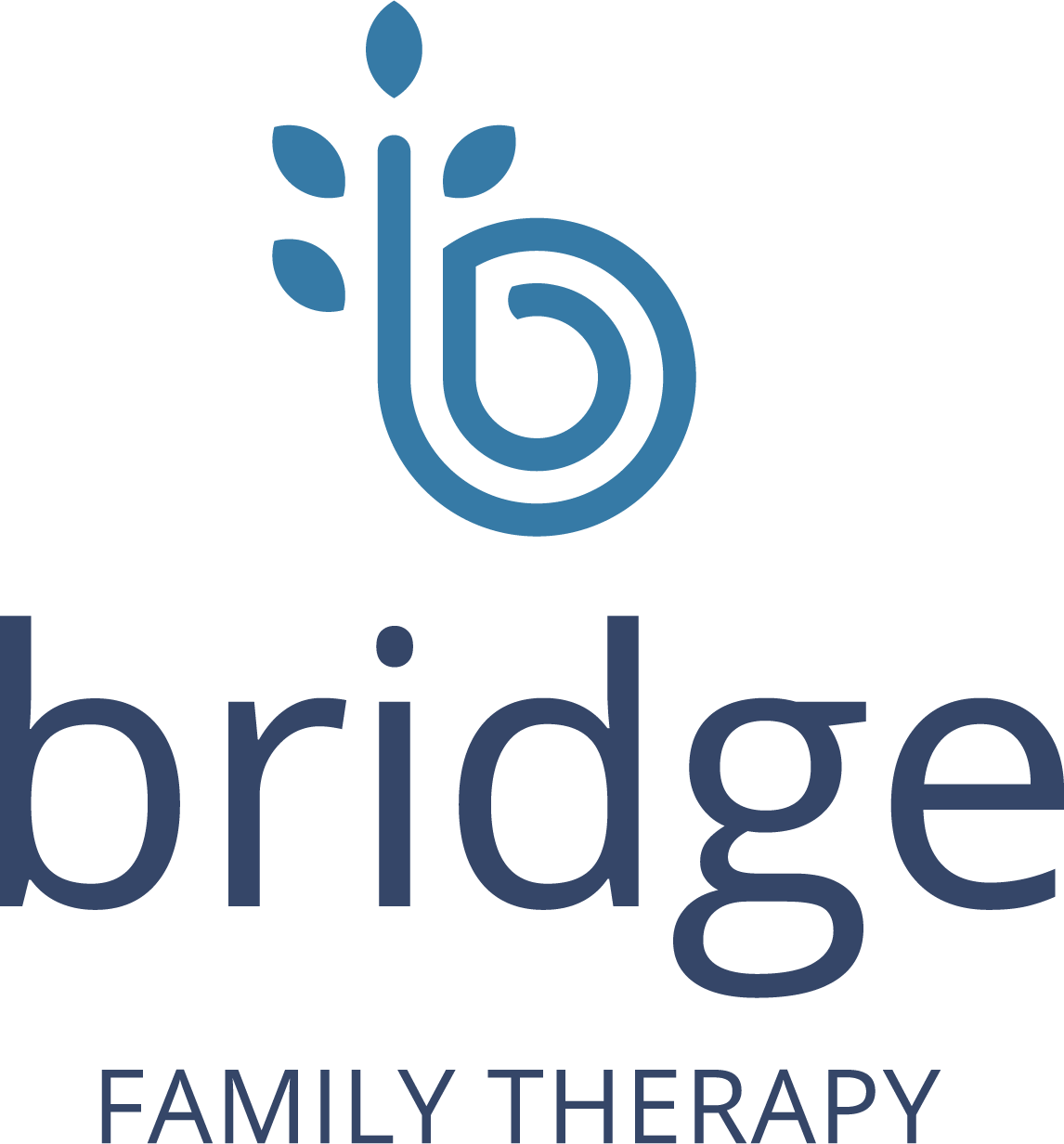Neurodiversity in Education: Creating Inclusive Learning Environments
Whether you are a teacher, or you are a student - it’s no secret that learning environments can impact the quality of learning. The following ideas are meant as suggestions to improve the external factors of learning spaces, and to improve the quality of learning for neurodivergent learners. Teachers might implement these in classrooms, while students can suggest some of these as accommodations.
Ideas include:
Instruction / material alternatives for projects
More- and less-detailed versions of instructions
Clear role choices for group participation
Conversation encouraged within small groups
Clear routines, preferably with advance notice for diversion from routine
Physical calendars (bonus: thoughtful use of color)
Noise-canceling earplugs and headphones
Sensory items such as texture strips, fidget spinners, and soft things
Empathy & acceptance building lessons for all class members
A space where students feel safe is ultimately most important. It’s difficult to learn when your nervous system is dysregulated, which is a common occurrence for everyone - especially neurodivergent minds. To teachers: consider encouraging your students to advocate for their learning needs. To students: keep on learning more about what you need, and ask for it! Take it from Confucius: “Be brave enough to ask for help, it is a true sign of wisdom.”
June 21, 2024 - Sam Barnhart

